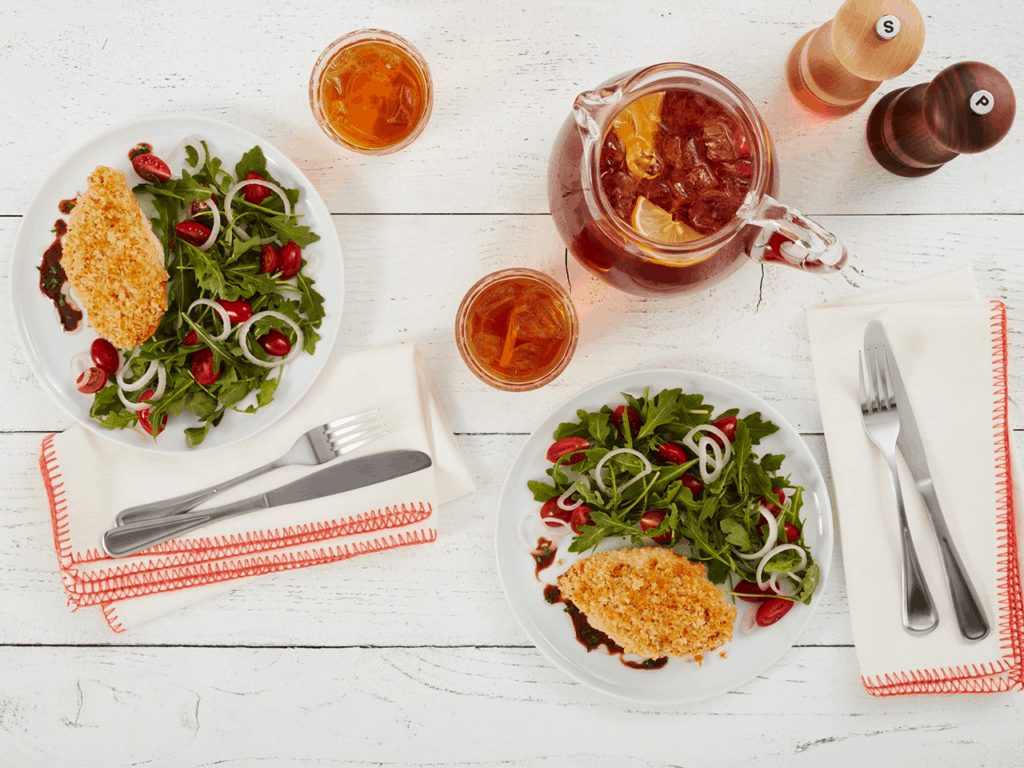A Color-Coded System Might Help Individuals Make Better Food Choices At Food Pantries
Nikki Attkisson | Last Updated : May 31, 2021According to a recent study, food pantry clients make healthy decisions when goods are categorized by nutrients level. Because people have a natural predisposition to notice colors first and foremost before anything else, utilizing this color-coding methodology to encourage a healthy lifestyle among residents is beneficial.
A Color-Coded System Might Help Individuals Make Better Food Choices At Food Pantries
Researchers discovered that patrons choose eleven percent more healthy meals and seven percent less harmful meals by utilizing the Supporting Wellness at Pantries (SWAP) food categorization system, which grades items based on added sugars and saturated fat, salt.

Marlene Schwartz who is a member of the study and the Director of the Rudd Center for Food Policy and Obesity stated that the study’s most significant result is that those who use food pantries, like the rest of them, want to follow a balanced diet, but it’s difficult to know which foods are the best.
SWAP’s goal is to make the whole process easier by performing all of the assessing long in advance and using a simple color scheme system that’s straightforward to comprehend. The technique places the right foods, marked green, at eye height with the message “select frequently.
“The study, which analyzed selections at a local food pantry in the northeastern United States for like a week, verifies prior findings, according to Katie Martin, executive director of the Institute for Hunger Research & Solutions and the originator of the SWAP system.
Vulnerable people that are battling, not just with food poverty but also with chronic health conditions, are interested in picking nutritious items at the food pantry, said Martin, a research co-author. According to Martin, SWAP is already being utilized by 50 food pantries and 25 food banks around the country, with more on its way.
Jessica Hager who is the director of Feeding America’s Healthcare Partnerships and Nutrition is very sure and optimistic about the success of the program. When it comes to interacting with communities and assisting communities’ food needs, SWAP is one of many methods that she feels food banks should consider.
The demand is enormous. As per Feeding America, food insecurity grew throughout the COVID-19 outbreak, reaching about 45 million people by 2020. In comparison to 2019, which is the last-to-last year, the charity gave 44 percent more meals, and four out of ten people were the first food band customers.
According to Schwartz, there is an attitude about the charitable food system that people should take whatever is provided, but this is the incorrect way to look at it. So, we practically have to find out other ways and figure out what are the utmost healthiest things that can be supplied, because chances are that’s not the sort of meals that this specific family can ordinarily afford.
This study found that a food labeling and product placement intervention can encourage long-term healthy choices with no signs of “label fatigue. The next stage will be to find even more successful approaches to encourage healthy eating habits in the foodservice industry and then to apply these tactics to other work sites, institutions, and retail locations.
With over 15 years as a practicing journalist, Nikki Attkisson found herself at Powdersville Post now after working at several other publications. She is an award-winning journalist with an entrepreneurial spirit and worked as a journalist covering technology, innovation, environmental issues, politics, health etc. Nikki Attkisson has also worked on product development, content strategy, and editorial management for numerous media companies. She began her career at local news stations and worked as a reporter in national newspapers.